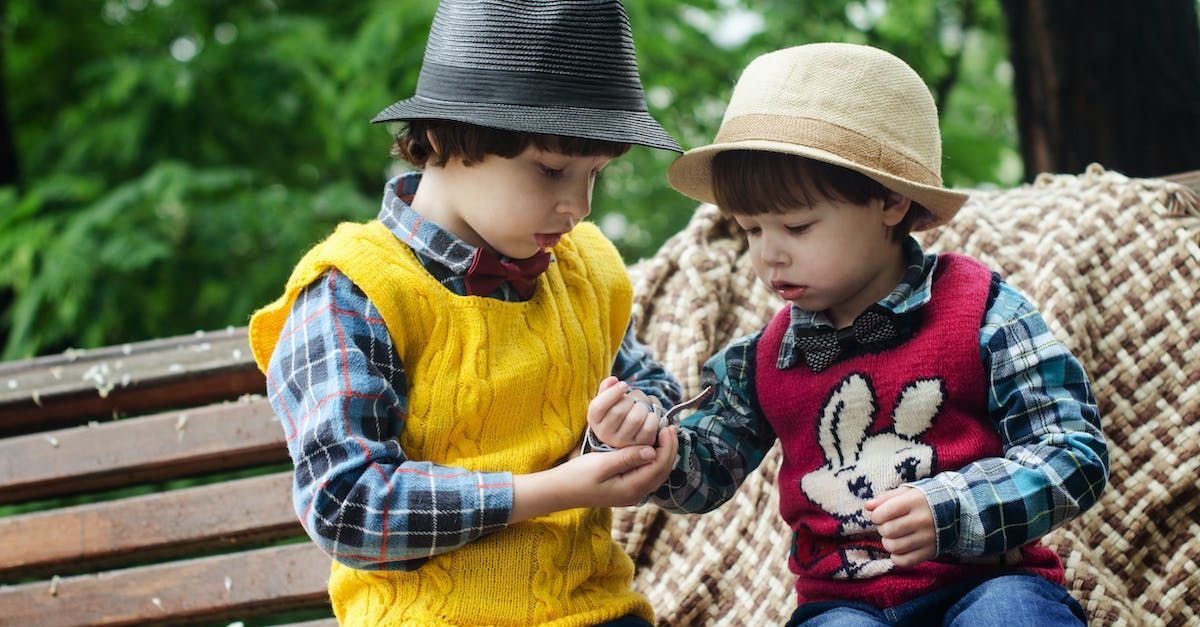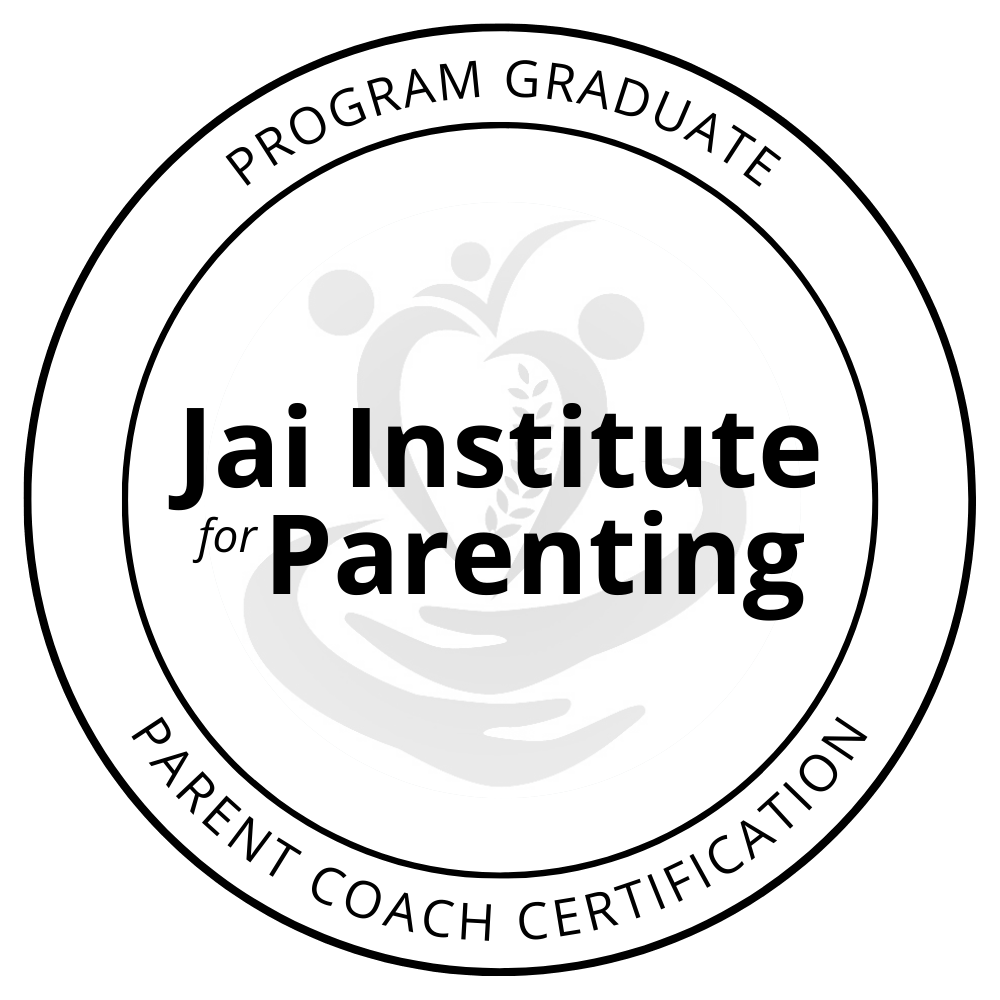Triggers
According to the Oxford Languages Dictionary Trigger is a small device that releases a spring or catch and so sets off a mechanism, especially in order to fire a gun.
Another description from online: Emotional triggers, also called mental health triggers or psychological triggers, are things (e.g. memories, objects, people) that spark intense negative emotions. This change in emotions can be abrupt, and in most cases it will feel more severe than what the trigger would logically call for.
“I want you to think about the triggering image. What is a trigger? If you look at a weapon, the trigger is a very small part of the mechanism, isn't it? What there really is, is a weapon that is loaded, ready to fire, and it's got an explosive in it and it's got ammunition in it." - Gabor Mate

You are not alone, all human beings experience triggers
When we are triggered, we get a highly emotional response as a reaction in a physiological process that happens through our subconscious mind in our body. There is a burst of energy within, along with story and a memory that is surpressed. The situation, word, perception etc. presented to our cognitive process over rides the reasoning because there is a bigger experience and a subconscious memory in our body along with a story build around it, which really needs our attention. We want to react with the story that our mind has constructed, to avoid diving into the vulnerable memory, the source where the story was born. To live the story there is yet a 'buffer' a protective mechanism that hides the hurtful skewed 'truth' within. It would be terrible for everyone to know how I am, so I need to hide it somehow.
For example:
A 5 year old keeps asking the mother to play with her. Over and over again, the mother makes excuses because she does not know how to be still, come to the level of the child and just play and spend time with her in the child’s world. She cooks, washes, and takes care of all the ‘outer’ needs of the child, but she fails to tend to the child’s emotional need to feel significant and belong.
The trigger here is the child asking for emotional connection and as a result of that, mom busying herself into all things to avoid the little one's need for connection. The mother did not receive this herself in her childhood, so she does not know how to give it. The story with mom is: I am not important, I must stay away from doing things that remind me from the source of me not being important, so that I don't need to feel that. I can do this by busying myself. No one will notice I am not important, because I am actually doing all things important.
Both the mom and the child create a story around this experience, the felt sense of insignificance. The story will be the same: I am not important, the buffer can be different. For example the child may construct a buffer to hide her story of insignificance by becoming extremely funny, to hide the 'truth' within.
"I am not worthy of belonging, being deeply included into this community called home. There must be something wrong with me. I am worthy to be clean, go to school, eat and have nutrition. But there are other needs that I have, however I am not seen in those, thus they must not exist."
The child learns to deny herself and her deepest needs and hides the sadness and frustration deep into her body. She tells herself it is not important, because mom does not think it is. Thus she is not important. She has not understanding, so she works to forget the need. And she succeeds.
What if I told you that triggers are good?
In other words, when we get triggered we are blessed. Why? Because our body is showing us a blindspot, that our brain has been trying to protect us from. The disappointment, the feeling of unworthiness. The place we could not understand, nor get support to. This place has a charge of energy, from a time when our needs were not met. It is a young part, that stayed untouched with a story that our young self made and believed. Now we live that story.
Could we blame our parents, after all they did not give us what we needed? However, we may need to blame the whole world in that case. Our parents gave us what they had, according to their resources. Maybe the parent was not present, or they were un-attuned to what we needed emotionally or physically, maybe they were busy with the responsibilities of life. Because they did not have the understanding…. These are little ’t’ traumas, and you may think that compared to big ’T’ traumas no one should be bothered. That is not how it works though. We all have individual needs and responses in our body, and no one should tell us what we are or are not to feel, or how. You are a unique being, with complex physiology and intelligence and you are beautiful just the way you are. When our parents could not offer support, when we needed it, we did nothing wrong, so we can not blame ourselves either. No child is bad, behavior has always a focus: to have a need met.
Triggers are layers of experience according to our understanding and practice
So when we experience a trigger, we get to think in terms of layers of experience.
- 1 Layer: Cognitive well behaved reaction, that uses the brain's energy to 'hold it together'. This can lead to depression. This is the good person syndrome.
- 2 Layer: Emotional reaction because we do not want to or can not hold it together. 'Let it rip.' Trueness to oneself. Can lead to social isolation, the stories get stronger. We attract people who believe them with us.
- 3 Layer: We respond from a story we believe is true. This is a buffer to protect us from hurt. This keeps us in the loop of same experiences with different people. We are into mindset work and wonder what is wrong, but can not fix it.
- 4 Layer: We allow our awareness show what is really going on. We get in touch with our body and it's emotional memory which is released and we experience more peace and wellness.
What can you do now?
Next time you get triggered, try to remember that you are tapping into a place in your body, that has not been tended to. Try to tap into the place in your body where you can feel the sensation. Maybe your heart gets tight? Maybe your stomach, or head gets oozy feeling. The trigger can be strong, and your body may need for you to intentionally stop, look and listen when you get a chance. Please do not ignore the message of the trigger. And shift your focus from blaming the other person for it, they did not make you mad, they simply guided you to the block energy where you can now spend time with and love yourself through.
Of course there is a place for communication in the relationship and sometimes we need to set boundaries etc. However we want to gear away from blaming the other person, or a child for our emotional response in our body. Huge part in this all is to take responsibility yourself of your own emotions and your relationships. 100%, not 50%. When you do you will start enjoying beauty and peace, joy and excitement in your relationships. Guaranteed.
What to do next time you get triggered?
The Steps of Turning the Triggers into Blessings
- Try to remember there is more to this, than what you feel like saying, how you feel like responding. The response is a pattern you have constructed around the hurt parts. It is only a buffer.
- Stop, look and listen. If not when the trigger is on, but later. Forgive yourself quickly of your patterned responds, and remember you are learning something new.
- Become aware by getting curious about your patterns : maybe you want to yell, leave the situations, distract yourself by blaming others, freeze emotionally etc. Just work on noticing what patterns have become your buffers
- Breathe, and forgive yourself and others. Everyone has triggers, you are not alone. You are not broken, you just do not have full understanding, yet. You are on your way.
- When you have time, you can visit the situation, taking deep breaths, and feeling into your body. Look for sensations, that the trigger brought in your body.
- Stay with those sensations, understanding it is blocked energy that is looking for a way out.
- Pay attention to the stories you have constructed around the trigger, are they really true?
The above suggestions all have to do with awareness, and are helpful. To learn more what awareness is and really experience transformation in the patterns and subconscious pasts experiences that show up in our body, call for a free consultation. We all need support to experience true transformation.
Book a call to get support and learn more how to support yourself and get off the loop of triggers.
Kirsi-Marja Hardy
Certified Somatic Parenting Coach
To read more on the subject matter:
Steven Kessler: 5 Personality Patterns
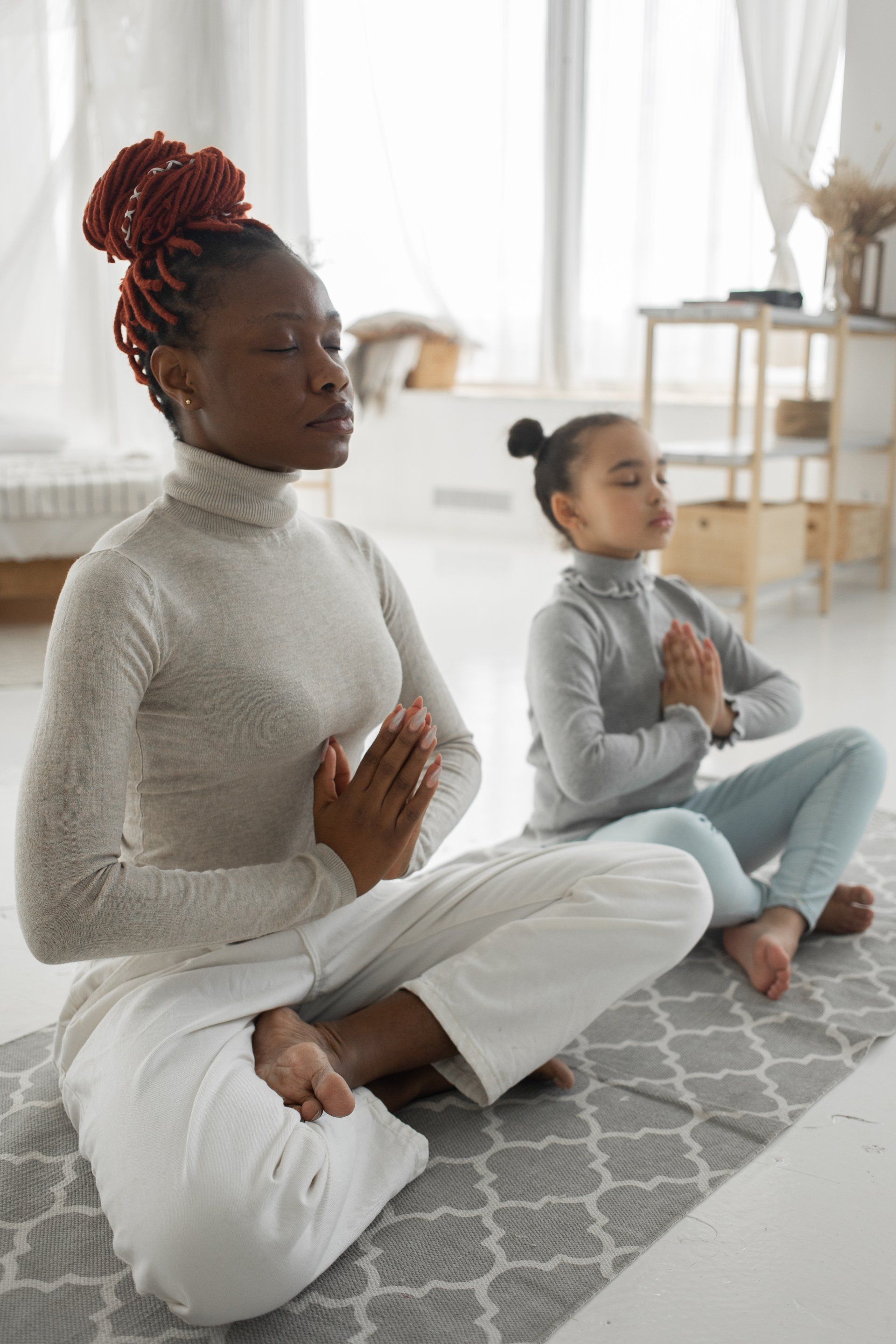
The Conscious Corner
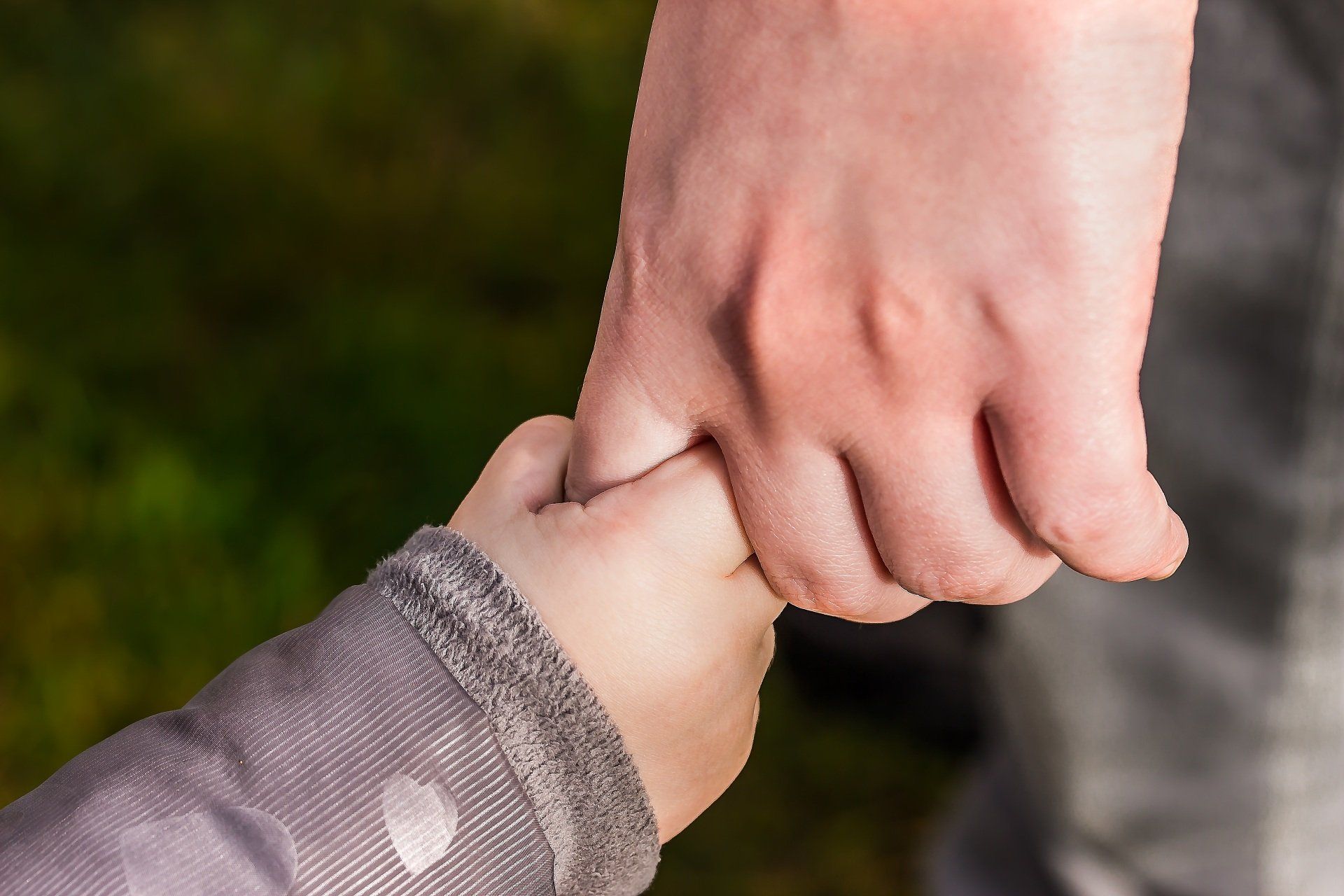
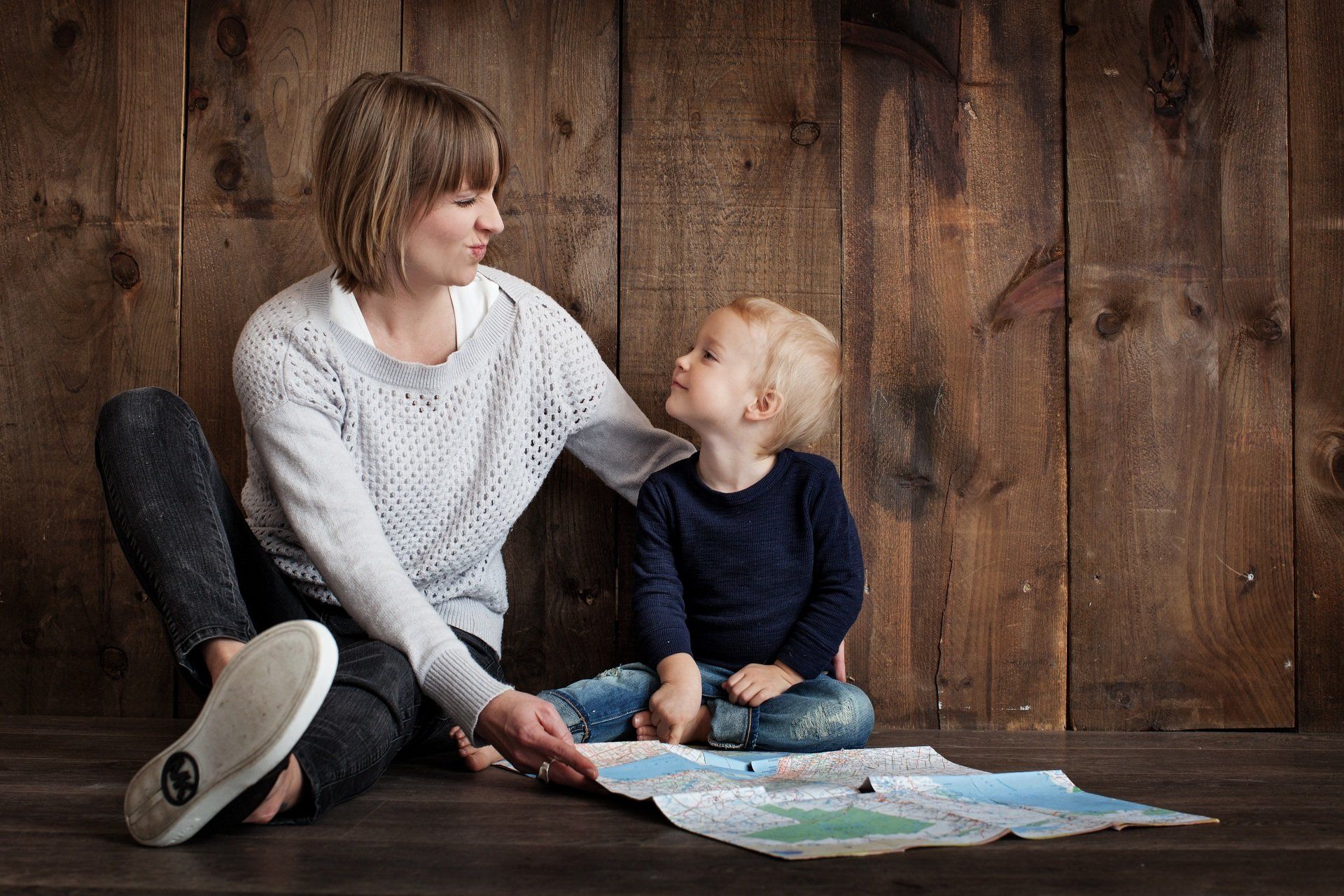
"Kirsi has a remarkable ability to connect with people on a personal level. Her enthusiasm and positivity are infectious. If you are looking for a coach with a huge heart and the ability to get to the core of any issue, look no further.”
-Andrea Chiarelli, Coachee
“I’ve only known this woman to be generous with her time and energy in service to others as she graciously shares and extrapolates from her massive pool of wisdom and experience."
-Guy Ferdman, Co-Founder of Satori Prime Coaching
“The parenting class was an eyeopener. It allowed us to not only understand the why and how of our parenting styles, but to find a calm to our parenting styles. It brought a whole new meaning to communication. I am so happy we were able to participate and I continue to recommend the training to everyone!"
-Dr. Tamara L. Moore, MD
“Kirsi has been dedicated to her growth as a student and practitioner for the past few years with us. She's a HUGE heart that wants to support all those in need. I love having her in our community and supporting our mission. She holds incredible space for people to experience their own healing.”
-Ilan Ferdman, Co-Founder of Satori Prime Coaching

